1. Removing a Bedroom for a Larger Master Suite

Converting a bedroom into extra space for the master suite sounds nice, but it reduces the home’s bedroom count, which can lower resale value. Many buyers prefer more bedrooms, especially families, so removing one could make the home less attractive on the market.
2. Installing a Hot Tub
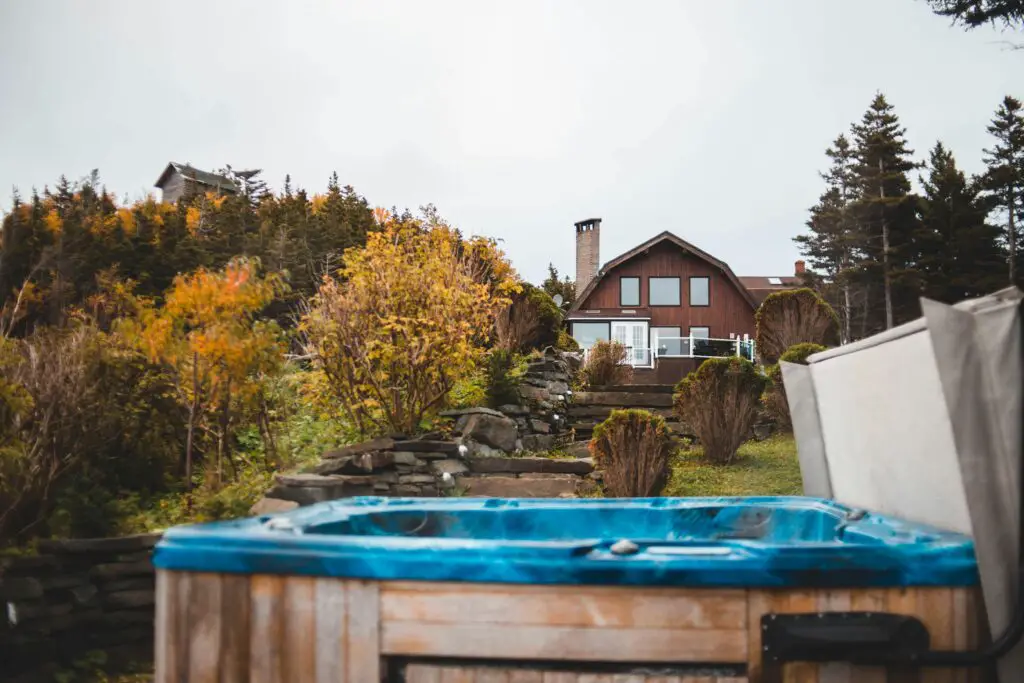
While a hot tub seems like a luxurious addition, the reality of maintenance, water and electricity costs, and the constant need for cleaning often make homeowners regret it. They can also limit yard space, and not all future buyers find them appealing.
3. Adding Too Much Built-In Storage
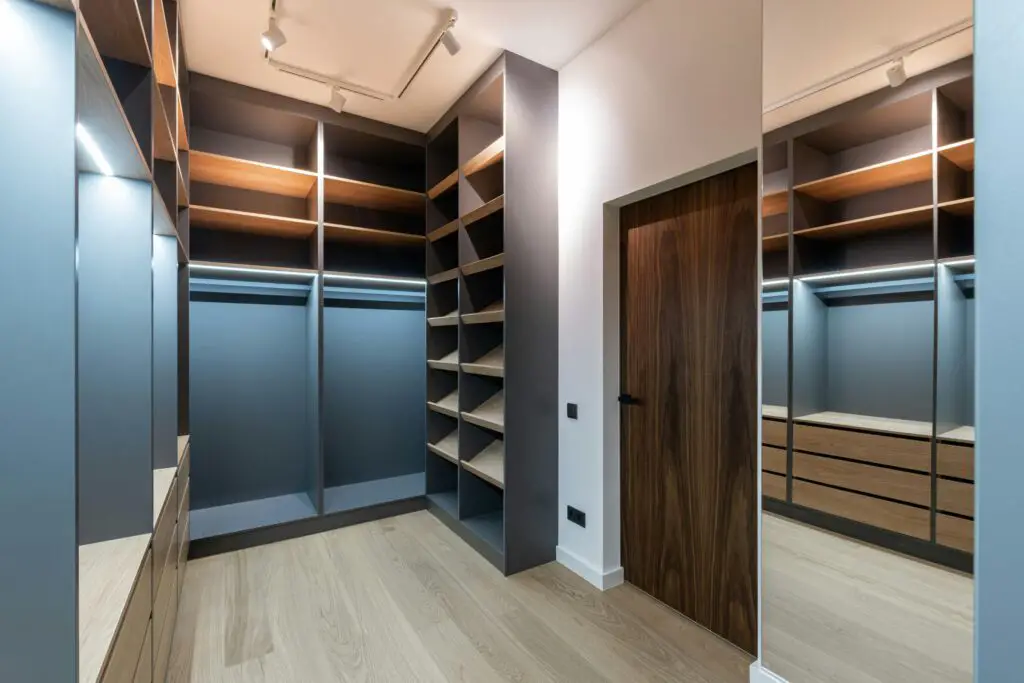
Built-ins look great and add storage, but they can limit flexibility and make rooms feel smaller. Many regret built-ins that dominate a room, as they can be hard to remove and may not appeal to buyers with different tastes or storage needs.
4. Over-the-Top Landscaping
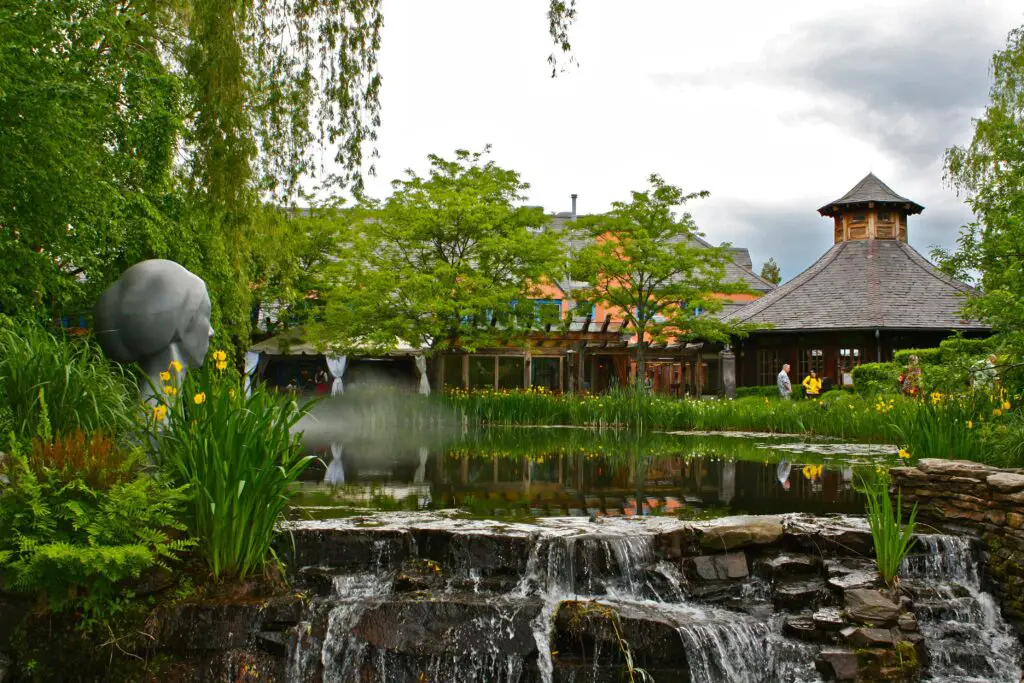
Excessive landscaping can add curb appeal, but it’s also a lot of work and expense to maintain. Elaborate gardens, water features, and other high-maintenance elements might seem charming initially but often become overwhelming or costly to keep looking pristine.
5. Going for Bold Wallpaper

Bold, patterned wallpaper can be striking, but it’s hard to remove and can date a room quickly. Many homeowners regret investing in a trendy wallpaper that quickly feels out of place, making future updates more challenging and expensive.
6. Using Too Much Marble
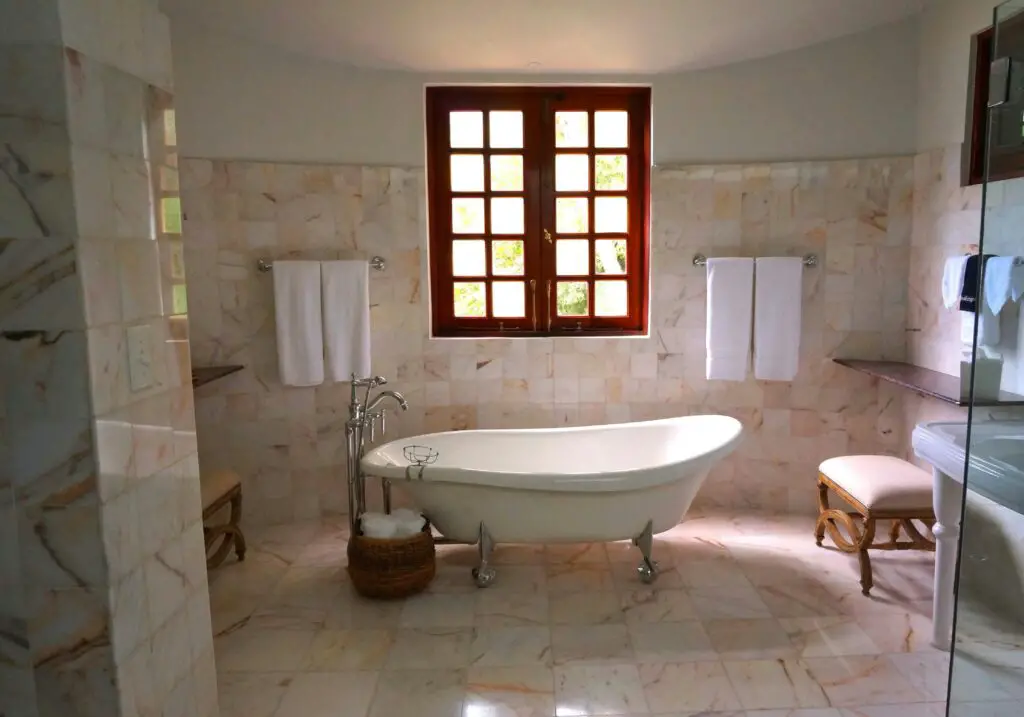
Marble looks high-end, but it’s porous, stains easily, and requires special care. In high-traffic areas like kitchens, marble can chip or become stained quickly, leading many to regret using it and wishing they’d opted for a more durable material.
7. Installing Trendy Lighting Fixtures
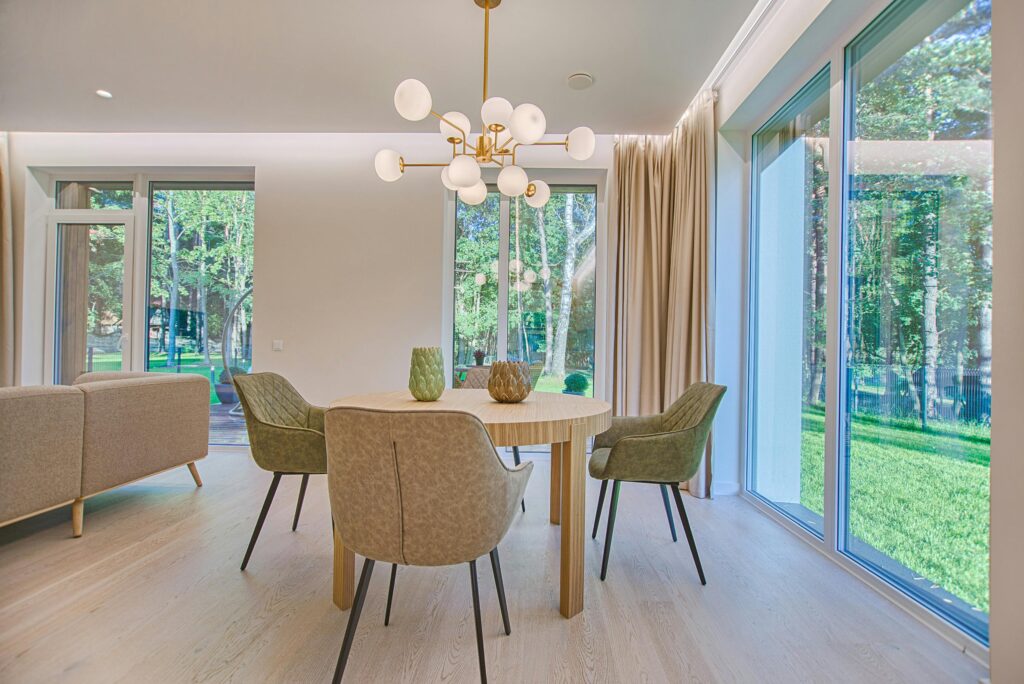
Trendy lighting can instantly date a room. While it’s tempting to choose the latest lighting styles, many people find them hard to keep up with as trends change, leading to regrets over high spending on something they eventually replace.
8. Converting the Garage

Turning a garage into a living space can add square footage, but losing the garage often backfires. Many homeowners miss having dedicated storage or a place for their car, and buyers typically prefer homes with garages, especially in colder climates.
9. Adding High-End Kitchen Appliances
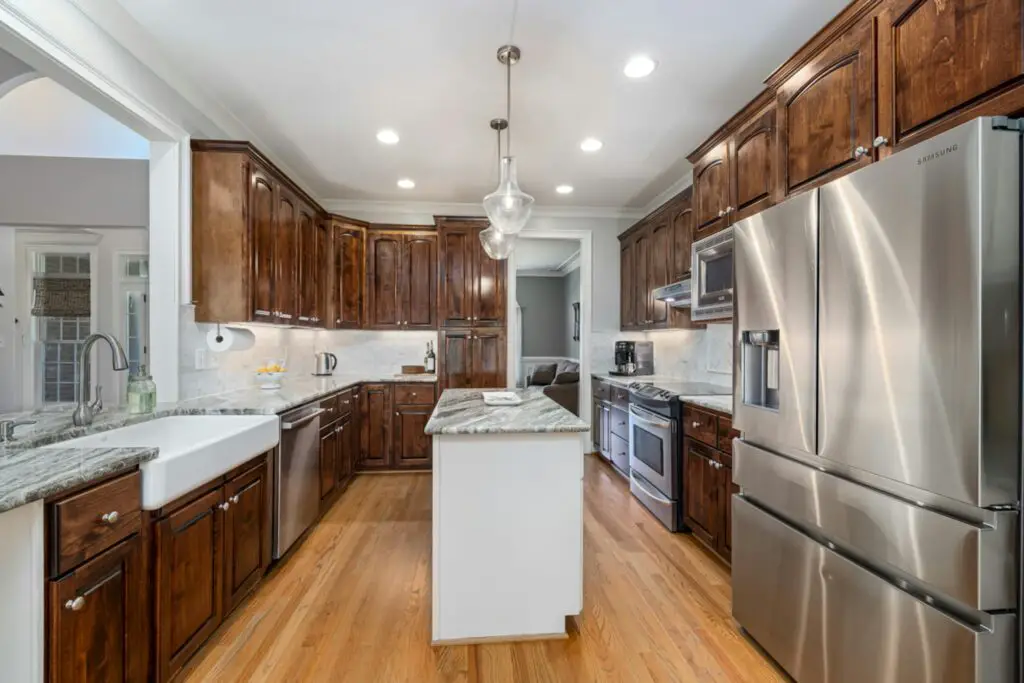
Expensive, commercial-grade appliances are nice but can be a headache if they break or require unique parts. Some regret the high cost, especially when they realize the added features don’t impact their cooking experience as much as expected. Unless you plan to redo the entire kitchen, adding high-end appliances isn’t always a good call.
10. Removing All the Bathtubs
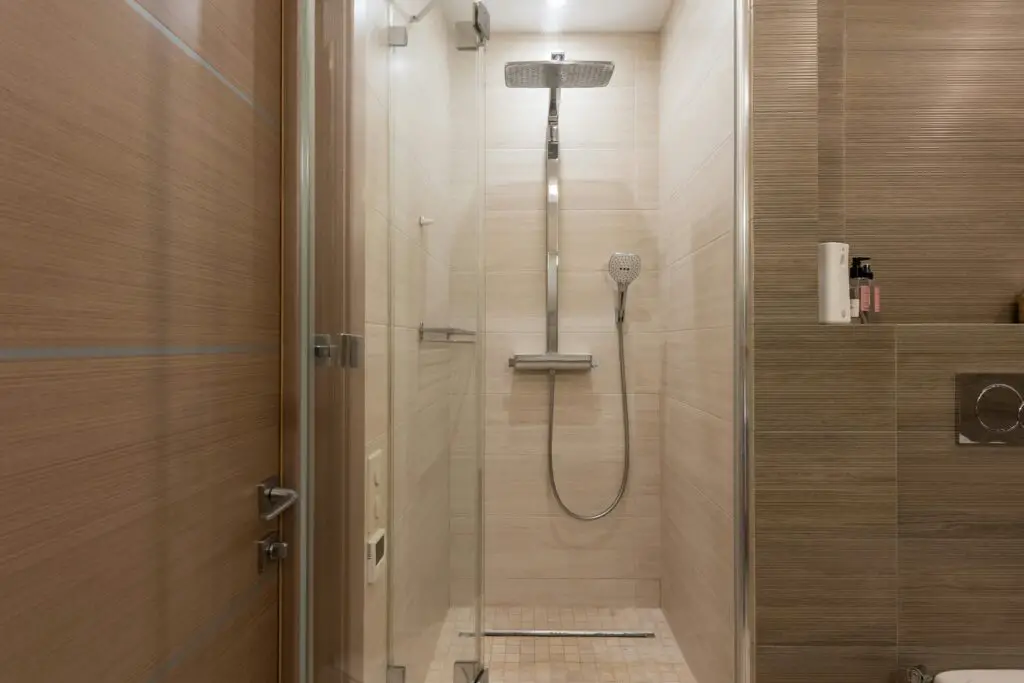
Converting tubs to showers in every bathroom might seem convenient, but many homeowners regret this when they find buyers who prefer at least one bathtub in the house. Families with children, in particular, often consider a tub a must-have.
11. Splurging on a Home Theater Room
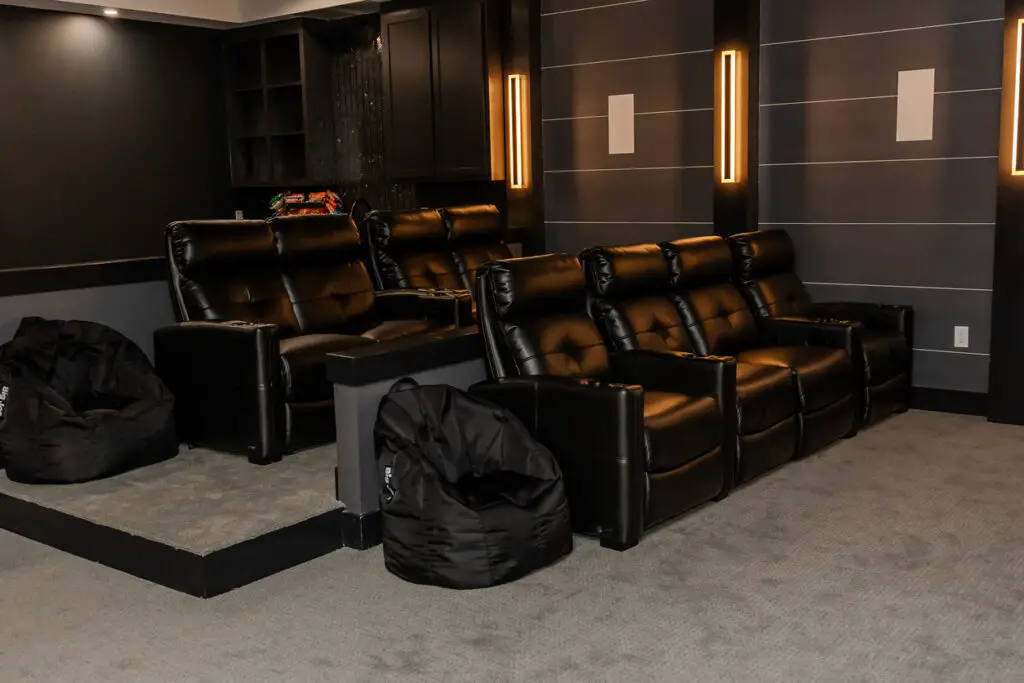
Home theater rooms sound luxurious, but they’re often underused. Once the excitement fades, many people realize they don’t use the space as much as they’d imagined, especially as TVs and sound systems improve for regular living rooms.
12. Installing Wall-to-Wall Carpeting
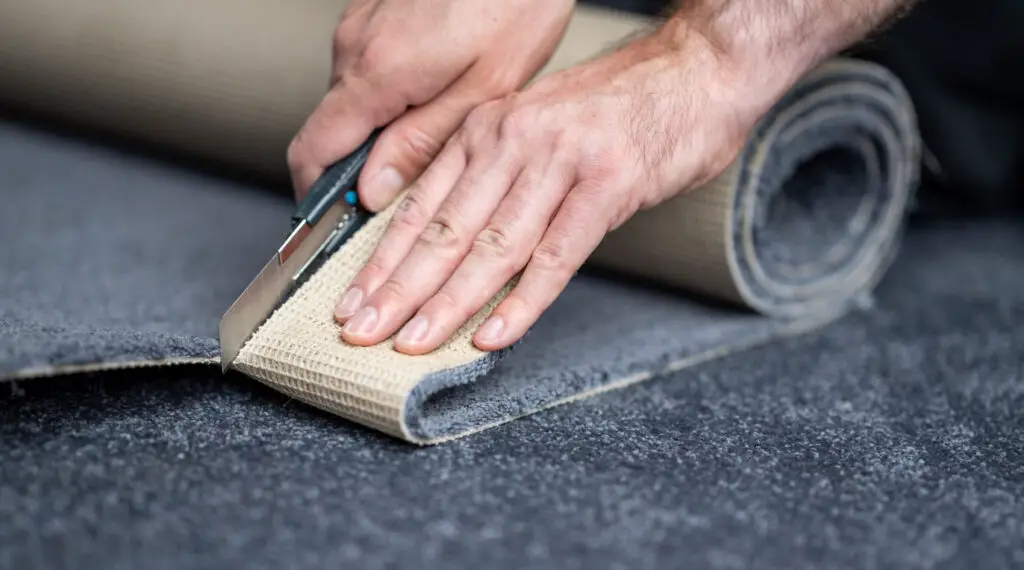
While some still enjoy the coziness of carpet, it can be a high-maintenance choice that many homeowners regret. Carpeting is prone to stains, allergens, and wear, making it difficult to maintain over time and a turn-off for potential buyers who prefer hardwood or tile.
13. Going All-In on Open Shelving
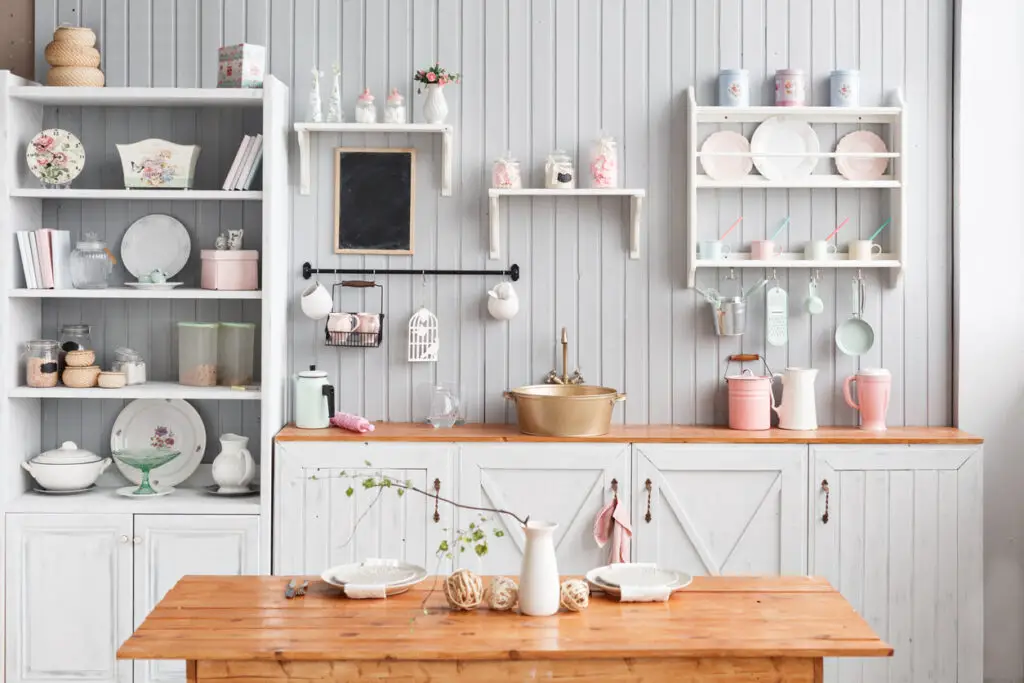
Open shelving in the kitchen looks trendy, but it requires neatness and constant cleaning. Dust and grease accumulate quickly, and many regret sacrificing cabinets for shelves when they realize the maintenance and organization required.
14. Opting for Unique Floor Plans

A non-traditional layout can make a home feel special, but it often causes regret when the space feels awkward to use. Buyers looking for a standard layout might be deterred, making it harder to sell the home down the line.
15. Choosing Bold Exterior Colors
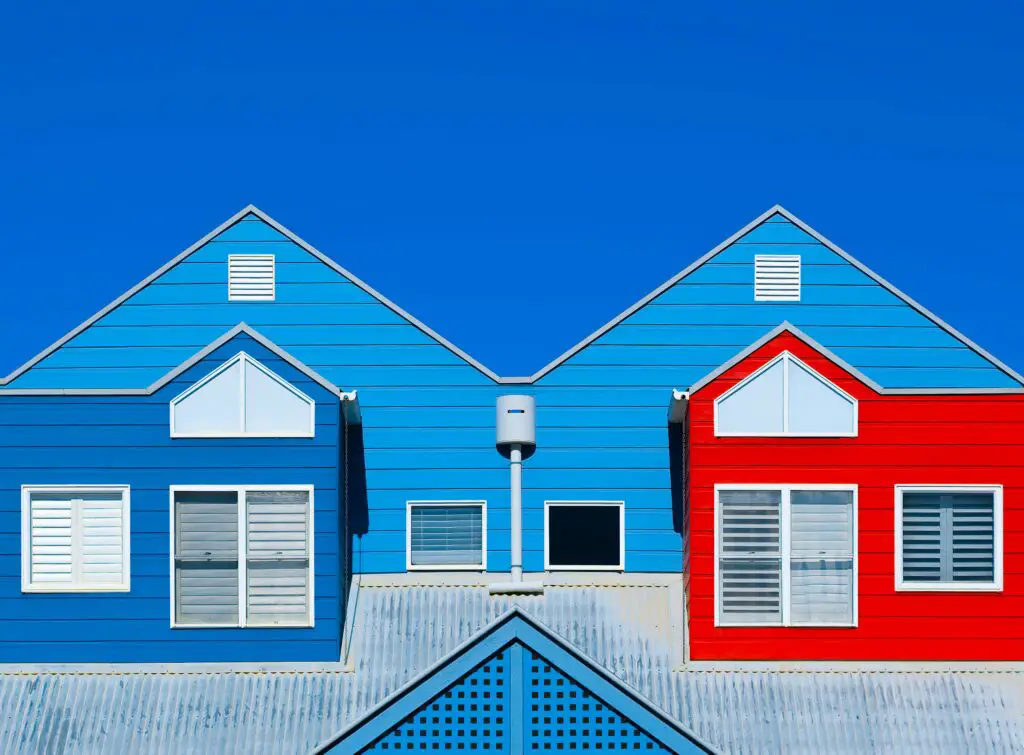
While bold colors may set your house apart, they can quickly become an eyesore, and they may not appeal to potential buyers. Many regret bright exteriors when they realize the cost and effort required to repaint or return to a more neutral shade.
Home upgrades can add comfort and style, but these common changes often come with unexpected downsides. When planning any major update, it’s wise to consider long-term appeal, maintenance, and whether the investment will hold its value over time.
